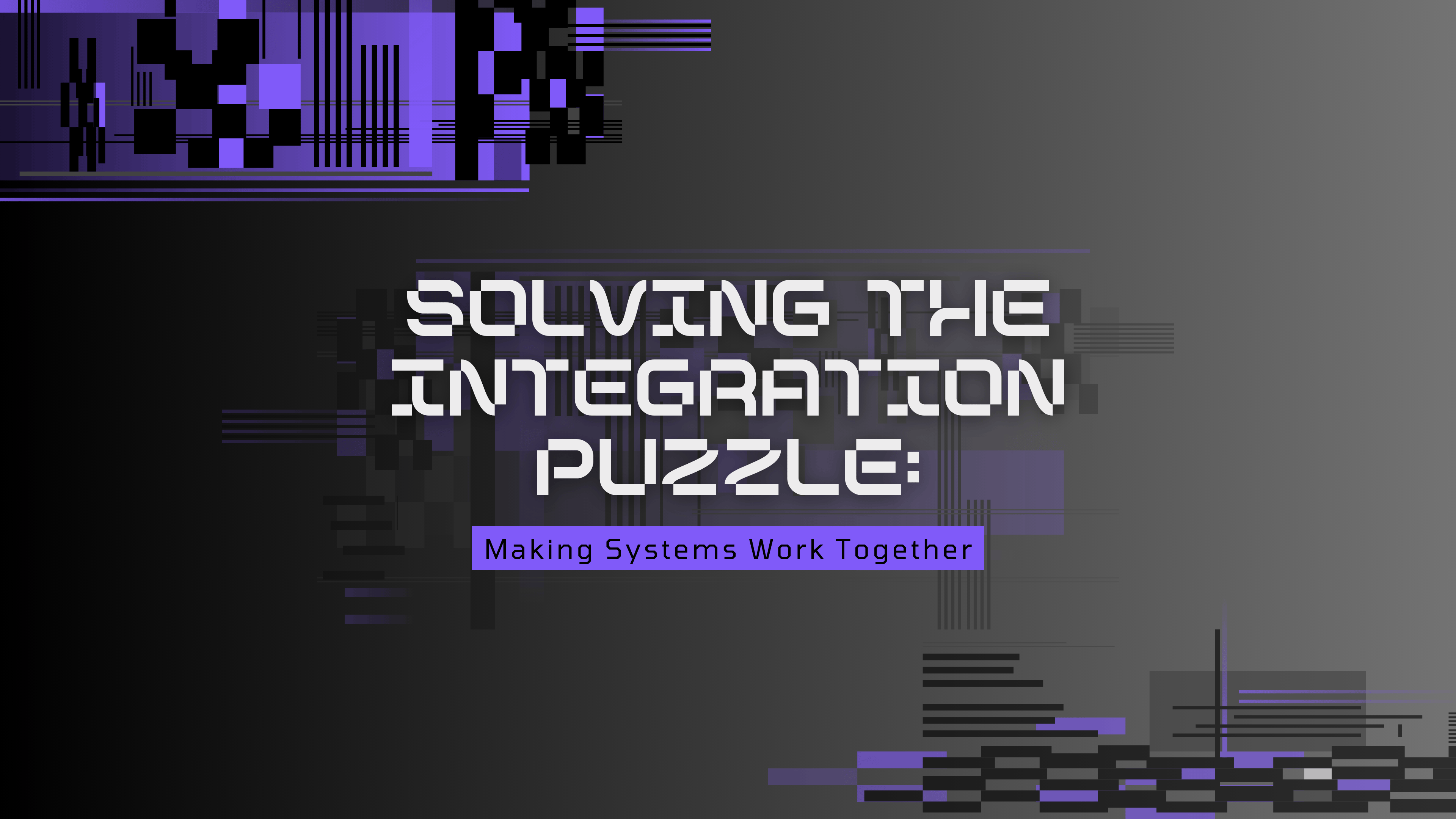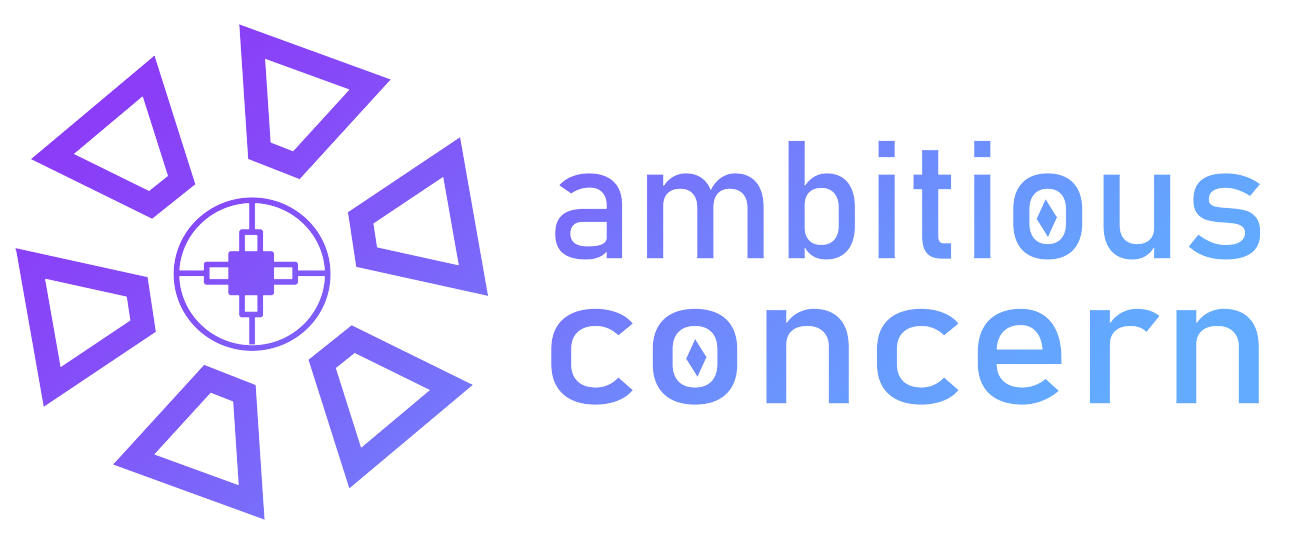Solving the Integration Puzzle: Making Systems Work Together
Every growing business eventually faces the same challenge; too many systems that do not speak to one another.

Solving the Integration Puzzle: Making Systems Work Together
In today’s digital world, every business, from startups to large enterprises, depends on technology. Yet as new tools and platforms emerge, many organisations find themselves managing a patchwork of disconnected systems. Sales data sits in one application, accounting information in another, and customer feedback never reaches the teams that need it most.
This challenge is what experts call the integration puzzle, the ongoing struggle to make different technologies communicate effectively. It affects productivity, profitability, and innovation across every industry.
In Africa, where digital adoption is growing rapidly, mastering integration has become one of the most important factors separating efficient businesses from those still struggling with fragmentation.
The Modern Problem of Disconnected Systems
Many organisations today rely on a complex mix of software such as customer management tools, HR systems, accounting platforms, e-commerce websites, and analytics dashboards. Each is useful on its own, but when they do not communicate, the result is inefficiency.
Information becomes trapped in separate databases. Teams spend valuable time transferring data manually or working with incomplete insights. A marketing department may not have access to accurate sales reports, while finance teams wait for updates that should be instant.
Global research shows that poor integration costs companies millions every year through lost productivity and duplicated work. For businesses in Africa, this problem is magnified by rapid growth and limited infrastructure to keep systems connected.
Why Integration Matters for Business Growth
Integration is not just a technical process. It is a key part of organisational growth and transformation.
When systems communicate effectively, businesses can:
- Automate manual processes, freeing staff to focus on strategy and innovation.
- Access reliable data instantly for quicker and better decisions.
- Deliver consistent customer experiences across all digital and physical channels.
- Scale operations smoothly without rebuilding entire systems.
Imagine a retail business in Ghana that connects its online store with its warehouse and accounting platforms. Every sale instantly updates stock levels, generates invoices, and triggers marketing follow-ups. This is what true integration achieves - better efficiency, happier customers, and full visibility.
Practical Approaches to Integration
There is no universal solution for integration. Each organisation must select an approach that aligns with its systems and strategy. However, three models are currently shaping success worldwide.
1. API Driven Integration
Application Programming Interfaces, or APIs, allow different systems to exchange data in real time. They form the backbone of modern digital ecosystems by enabling smooth data transfer between applications such as CRMs, payment gateways, and analytics platforms.
Across Africa, APIs have powered the fintech revolution, connecting banks, mobile money services, and digital wallets to make transactions seamless and secure.
2. Middleware and Integration Platforms as a Service (iPaaS)
Middleware acts as a central link between otherwise incompatible systems. Integration platforms such as MuleSoft, Zapier, or Integromat simplify this process by providing a single cloud-based environment to manage data transfer, automation, and synchronisation.
These tools are especially valuable for small and medium-sized businesses that need affordable and scalable integration without maintaining large IT teams.
3. Artificial Intelligence in Integration
Artificial Intelligence is changing how systems connect. Modern AI platforms can now analyse data structures, suggest connection paths, and even automate the configuration of integrations.
Low code and no code tools make this process even more accessible, allowing business users to build functional integrations through simple visual interfaces rather than traditional programming. This flexibility is empowering more African teams to innovate without heavy technical dependence.
Common Integration Challenges
Despite its benefits, integration is not without risks. Many projects encounter difficulties due to poor planning or lack of governance. Common challenges include:
- Data inconsistency, where systems use different formats or naming conventions.
- Security vulnerabilities, created when connections are made without proper authentication or encryption.
- Legacy systems, which cannot easily link with modern cloud platforms.
- Unclear ownership, where no one is responsible for maintaining integration workflows.
To overcome these issues, organisations must treat integration as an ongoing process, not a one-time project. Successful integration requires documentation, monitoring, and regular evaluation to ensure every connection remains efficient and secure.
The Future of Integration
As digital ecosystems evolve, integration is becoming smarter and more adaptive. Technologies such as artificial intelligence, data mesh, and edge computing are enabling systems to connect and respond dynamically in real time.
In the coming years, integration will no longer be limited to linking applications. It will involve systems that learn from one another, adjust automatically, and deliver predictive insights.
For African businesses, this evolution represents an enormous opportunity. Seamless integration will drive innovation in sectors like healthcare, education, logistics, and finance not forgetting industries that depend heavily on accurate and connected data.
The next phase of digital transformation will not focus on acquiring more tools. It will focus on connecting the tools we already have.
Conclusion
Integration is no longer a technical luxury; it is a strategic necessity. When systems operate in harmony, businesses move faster, make smarter decisions, and deliver better outcomes.
At Ambitious Concern, we help organisations bridge the gaps between their existing tools and create unified systems that drive growth and clarity. Our approach focuses on efficiency, intelligence, and long-term scalability because, success in today’s economy belongs to the connected.
Fresh Perspectives, Timeless Wisdom Explore Our Latest Blog Edition
View AllJoin our newsletter to stay up to date on features and releases
Stay in the loop with exclusive updates, sneak peeks, and insider tips that will elevate your experience. Don’t miss out


